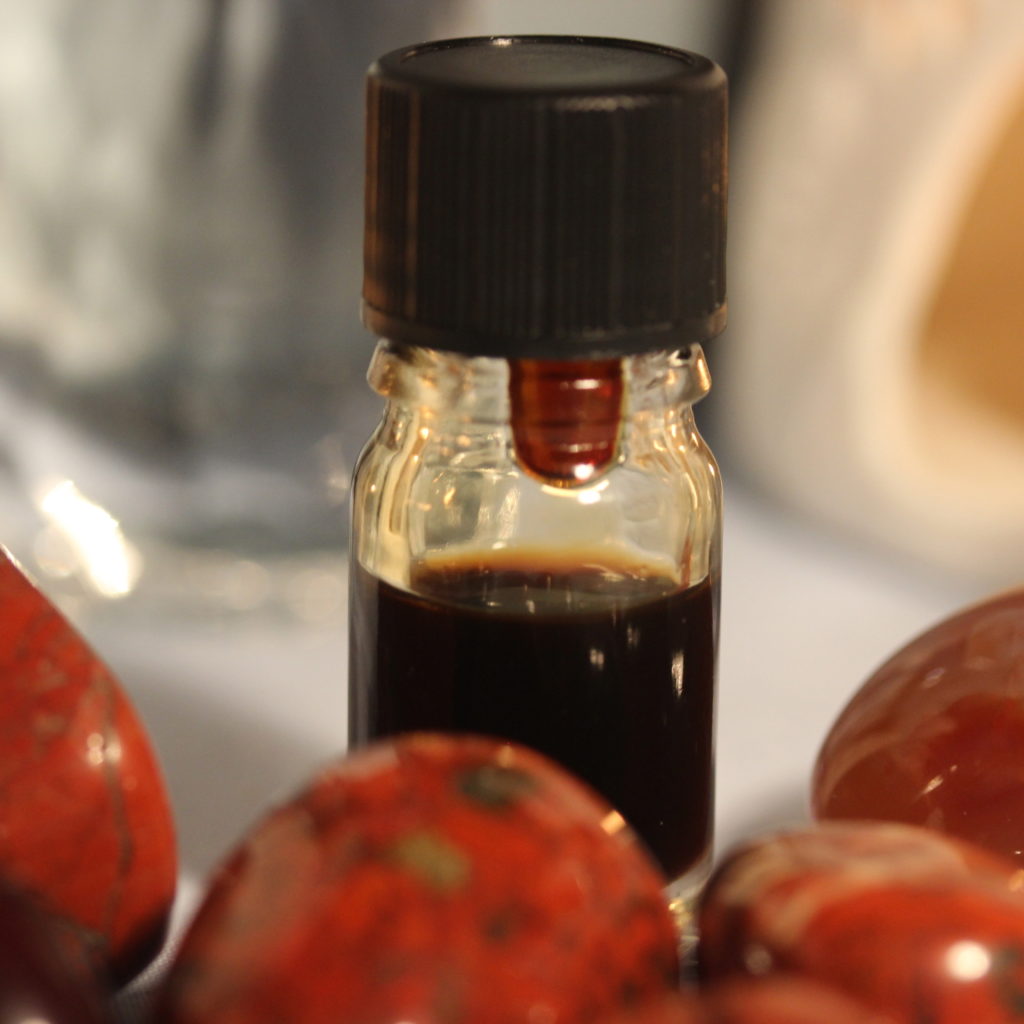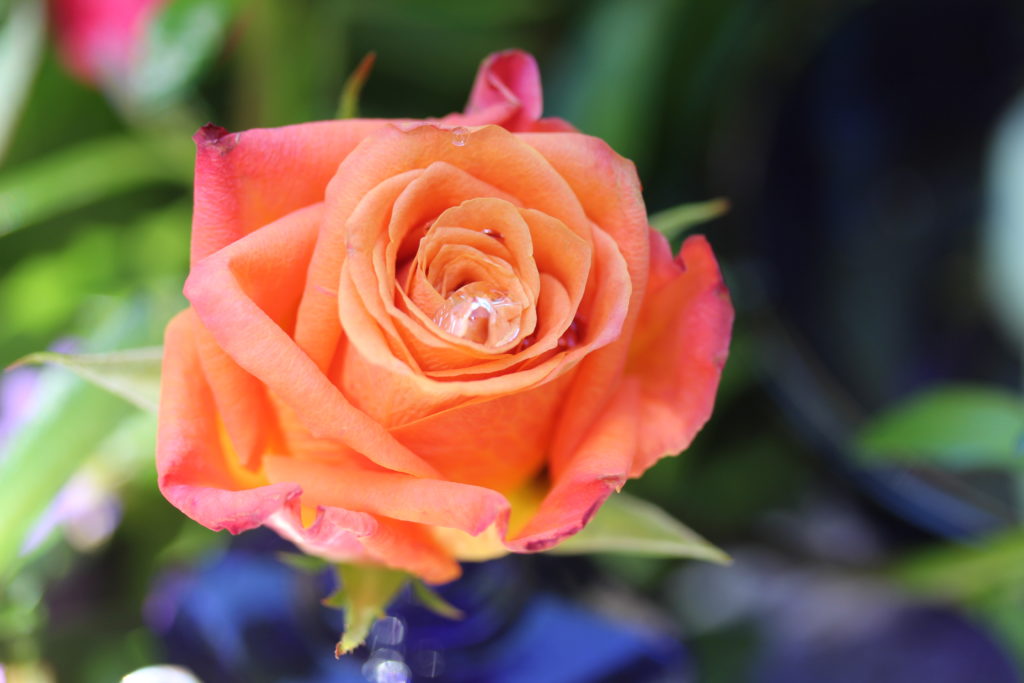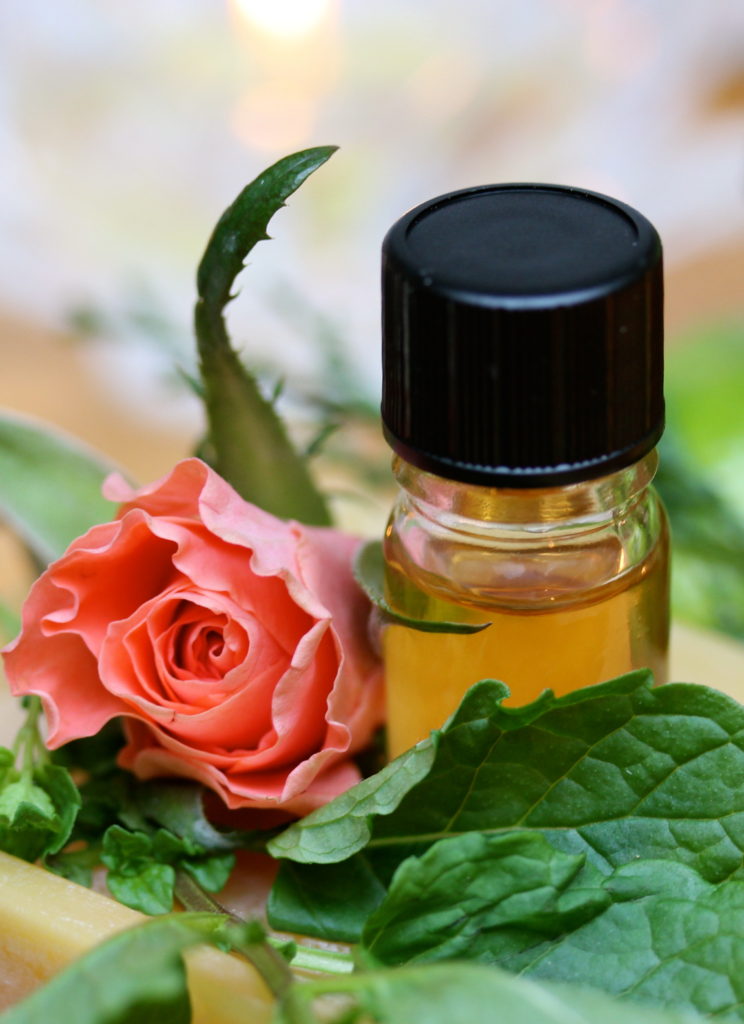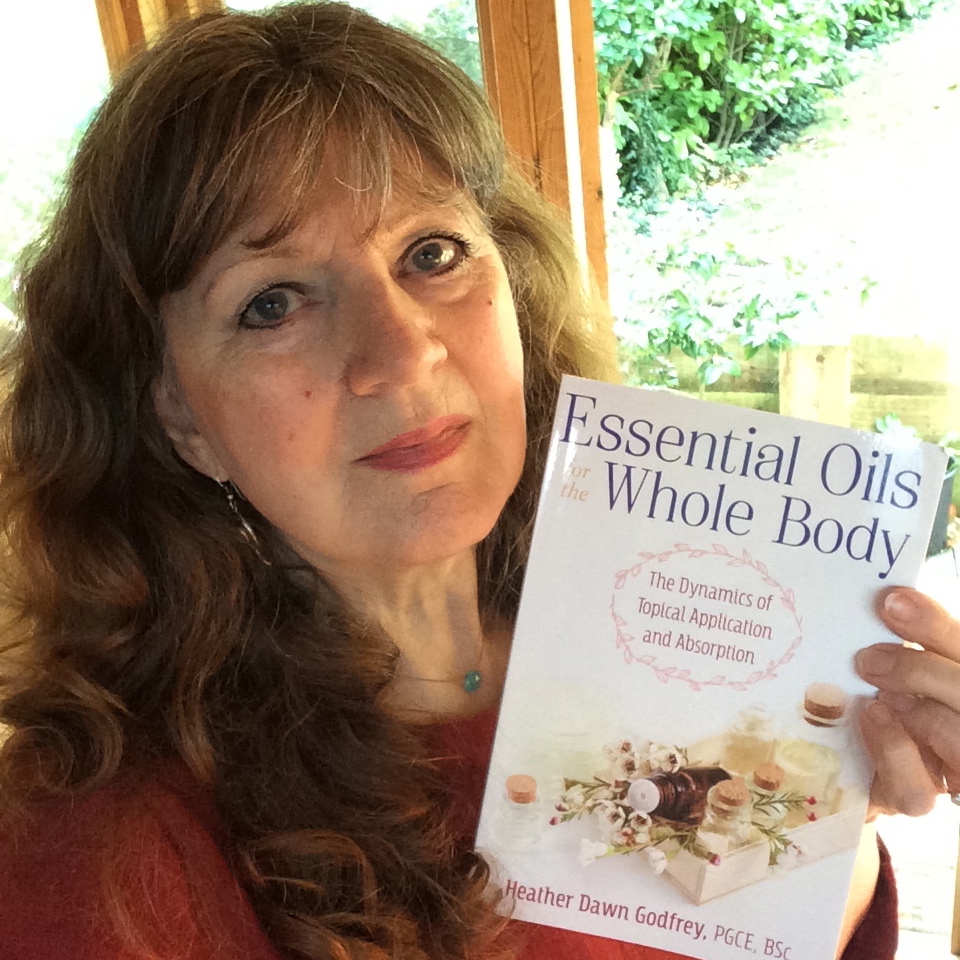A Green Witch’s Yuletide
By Tudorbeth
/ 12 December, 2025
Winter is the time of year that gardens and the earth sleep, but it also brings festive magic and nature...
Read More

 The limbic system incorporates various functional structures located in the central paleomammalian part of the brain (including the amygdala, hippocampus and hypothalamus), responsible for basic physiological and emotional responses to sensory stimulation. The hypothalamus functionally connects the limbic system to the frontal lobe (where the brain rationalizes and makes sense of information and sensory input) and the pituitary gland. The pituitary gland, also known as the master endocrine gland, initiates hormone release in response to sensory signals, activating either the sympathetic or parasympathetic nervous system. Depending on the nature of the stimuli, the sympathetic nervous system prepares the body for ‘fight or flight’ (protection), and the parasympathetic nervous system maintains a state of peace and relaxation (rest and digest), and disengages the sympathetic nervous system post ‘alert’, returning the body to its optimal functional resting state.
Initially, our response to an essential oil is reflexive, based on whether we like or dislike its scent; a simple subjective response, but not an unreasonable indicator of whether the oil is ‘good’ or ‘bad’ for us. Essential oils, though, are multi-dynamical. Those lovely scented molecules are also antimicrobial (to varying degrees) and support the immune system, stave infection and combat viral invasion. They also aid tissue regeneration and healing, act as repellents and attractants, and are physically protective and restorative. At the same time, they aid mental alertness and memory, and instigate psycho-emotional states, such as feeling uplifted, calm and grounded, clear-headed, invigorated, bright and wakeful.
The limbic system incorporates various functional structures located in the central paleomammalian part of the brain (including the amygdala, hippocampus and hypothalamus), responsible for basic physiological and emotional responses to sensory stimulation. The hypothalamus functionally connects the limbic system to the frontal lobe (where the brain rationalizes and makes sense of information and sensory input) and the pituitary gland. The pituitary gland, also known as the master endocrine gland, initiates hormone release in response to sensory signals, activating either the sympathetic or parasympathetic nervous system. Depending on the nature of the stimuli, the sympathetic nervous system prepares the body for ‘fight or flight’ (protection), and the parasympathetic nervous system maintains a state of peace and relaxation (rest and digest), and disengages the sympathetic nervous system post ‘alert’, returning the body to its optimal functional resting state.
Initially, our response to an essential oil is reflexive, based on whether we like or dislike its scent; a simple subjective response, but not an unreasonable indicator of whether the oil is ‘good’ or ‘bad’ for us. Essential oils, though, are multi-dynamical. Those lovely scented molecules are also antimicrobial (to varying degrees) and support the immune system, stave infection and combat viral invasion. They also aid tissue regeneration and healing, act as repellents and attractants, and are physically protective and restorative. At the same time, they aid mental alertness and memory, and instigate psycho-emotional states, such as feeling uplifted, calm and grounded, clear-headed, invigorated, bright and wakeful.
 Essential oils are secondary metabolites, produced as an indirect consequence of photosynthesis in certain plants. Most essential oil bearing plants are found in areas just north or south of the equator, where the sun is closest to earth. Thus, essential oils are intrinsically linked and responsive to the ebb and flow of changing seasons and patterns of available light, as well as environmental conditions such as temperature, moisture, and atmospheric pressure, among other things; just as we are too. While we do not depend on essential oils for our existence, they do play a significant supporting role with numerous qualities we can employ in various ways.
For example, essential oils can journey with us through the seasons, to protect and support us while we re-calibrate and adjust to changing conditions. They can be blended together to create remedial scents that instill psycho-emotional (uplifting, calming, grounding) influence, or, perhaps relieve cold or ‘flu symptoms, aching muscles, a headache, and so on. Essential oils act preventatively too, by harmonizing body, mind and spirit.
Essential oils are secondary metabolites, produced as an indirect consequence of photosynthesis in certain plants. Most essential oil bearing plants are found in areas just north or south of the equator, where the sun is closest to earth. Thus, essential oils are intrinsically linked and responsive to the ebb and flow of changing seasons and patterns of available light, as well as environmental conditions such as temperature, moisture, and atmospheric pressure, among other things; just as we are too. While we do not depend on essential oils for our existence, they do play a significant supporting role with numerous qualities we can employ in various ways.
For example, essential oils can journey with us through the seasons, to protect and support us while we re-calibrate and adjust to changing conditions. They can be blended together to create remedial scents that instill psycho-emotional (uplifting, calming, grounding) influence, or, perhaps relieve cold or ‘flu symptoms, aching muscles, a headache, and so on. Essential oils act preventatively too, by harmonizing body, mind and spirit.
 For example, frankincense and myrrh have ‘earthing’, warming, drying, antimicrobial, and calming qualities. They support the immune system, stave colds and ‘flu, and antidote the dampness of winter. Combined with bitter orange or another citrusy oil, they can at the same time dispel feelings of anxiety and depression. Mandarin and the earthy-smoky scent of vetiver, combined with the sweet rose-like scent of geranium express similar uplifting yet grounding qualities. These essential oils can be applied to support transition from autumn to winter, and may also aid conditions such as seasonal adjustment disorder (SAD).
Cypress, rose and lavender aid transition from spring to summer. Cypress inspires us to ‘walk tall’ and move on as we step out of winters cave. Rose, the ‘queen of oils’, blesses us with a sense of beauty and rejuvenation, and lavender gifts us its calming, uplifting, and protective qualities, among many others. Together, well try it and see! In deed, there are so many essential oils to choose from, yet it just takes a few carefully selected oils to create your own scented pharmacopeia. Your sense of smell will guide your choice. Enjoy your journey!
A note of caution: check the therapeutic properties of an essential oil before you apply it; do not apply neat to your skin, instead dilute essential oils in an emollient, such as, vegetable oil or non-perfumed cream or lotion (one drop in 2-3ml of your chosen carrier medium); and never take essential oils internally.
For example, frankincense and myrrh have ‘earthing’, warming, drying, antimicrobial, and calming qualities. They support the immune system, stave colds and ‘flu, and antidote the dampness of winter. Combined with bitter orange or another citrusy oil, they can at the same time dispel feelings of anxiety and depression. Mandarin and the earthy-smoky scent of vetiver, combined with the sweet rose-like scent of geranium express similar uplifting yet grounding qualities. These essential oils can be applied to support transition from autumn to winter, and may also aid conditions such as seasonal adjustment disorder (SAD).
Cypress, rose and lavender aid transition from spring to summer. Cypress inspires us to ‘walk tall’ and move on as we step out of winters cave. Rose, the ‘queen of oils’, blesses us with a sense of beauty and rejuvenation, and lavender gifts us its calming, uplifting, and protective qualities, among many others. Together, well try it and see! In deed, there are so many essential oils to choose from, yet it just takes a few carefully selected oils to create your own scented pharmacopeia. Your sense of smell will guide your choice. Enjoy your journey!
A note of caution: check the therapeutic properties of an essential oil before you apply it; do not apply neat to your skin, instead dilute essential oils in an emollient, such as, vegetable oil or non-perfumed cream or lotion (one drop in 2-3ml of your chosen carrier medium); and never take essential oils internally.
 Find out more:
Find out more: 

Join the Academy and learn from some of the best spiritual
and wellbeing teachers in the world
Join the Academy and learn from some of the best spiritual
and wellbeing teachers in the world
Join the Academy and learn from some of the best spiritual
and wellbeing teachers in the world
